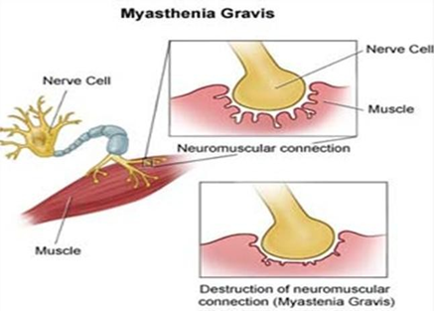Abstract
Substantial therapeutic progress has been made in myasthenia gravis (MG) even before the molecular medicine. In very mild cases and in some occular forms of MG, treatment with acetyl cholinesterase inhibitors may be sufficient, at least temporarily, but commonly some kind of immunologically active treatment is needed. In generalized MG, a wide array of immunosuppressive treatments has been established through observational studies, some prospective, but most of them have never been tested in a randomized trial. Within the immunologically active drugs, corticosteroids and the immunosuppressive drug azathioprine (Aza) have been studied the longest. The several alternatives are available including cyclosporine A, cyclophosphamide, and methotrexate, all of them are label in most western countries. Tacrolimus is under investigation. Serial measurements of anti-acetylcholine receptor antibodies, once these are elevated, are a useful adjust for monitoring long-term treatment success and may help in wearing from higher to lower doses or to single drugs rather than combinations. For very severe and treatment-resistant cases, co-treatment with intravenous immunoglobulin. Including older children and adults up to the 5th decade, a complete transversal thymectomy is recommended based on available open trials and expert opinion, preferentially during the first year of disease.
Full text article
Authors

This work is licensed under a Creative Commons Attribution-NonCommercial-NoDerivatives 4.0 International License.

